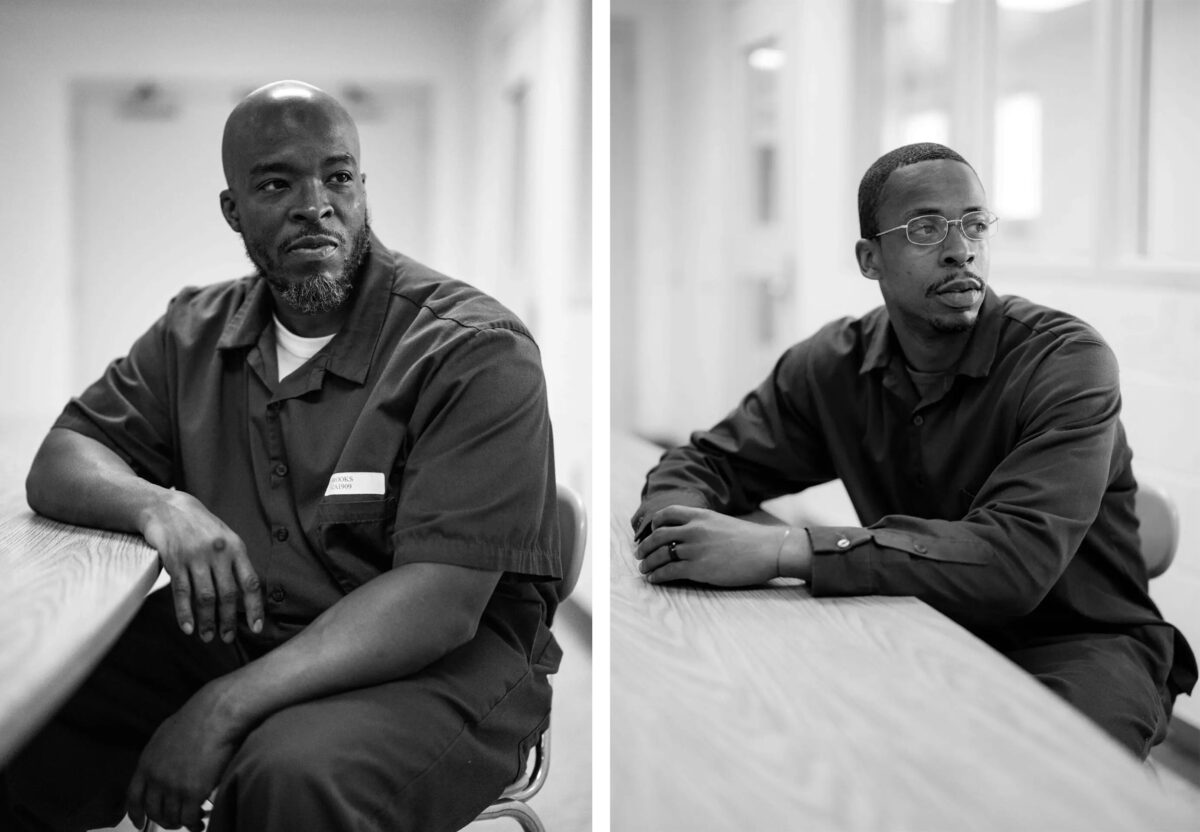John J. Lennon explores in an article for The New York Times the dilemmas that people who are newly released from prison face when looking for a place to live.
EXCERPT
Kevin Brooks hopes he won’t have to go to a homeless shelter. In 1999, Mr. Brooks and four others were arrested and charged with murder, and he was eventually sentenced to 25 years to life in prison.
Now 52, more mature and remorseful, he has a clean disciplinary record and a bachelor’s degree. He believes he has a good shot at getting out after he appears before the parole board in January 2024.
He’s less confident about where he’ll live.
Before Mr. Brooks went away, he was living with his newborn daughter and girlfriend in a three-bedroom apartment in a brownstone in Crown Heights that rented for about $800 a month. Today the space would go for more than $3,000 a month. The average rent in Manhattan is $4,200, in Brooklyn it’s about $3,700.
So next year around this time, Mr. Brooks figures he is likely to join thousands of other formerly incarcerated people who will leave prison and have nowhere to live. Among all releases to community supervision in New York state during 2021 (not just those released from prisons), about 23 percent went directly to shelters, according to the New York Department of Corrections and Community Supervision; another 8 percent were “undomiciled,” or went to places like halfway houses and hotels.
There isn’t much assistance for people getting out of prison. We get $40 and a one-way bus ticket. Many of us head to the Port Authority in New York City. I say us, because I, too, am in prison. I interviewed Mr. Brooks as we sat at a table bolted to the floor in the communal space of a cellblock in Sullivan Correctional Facility, the prison where we both currently live.
Feeling priced out and left out, many parolees turn to illegal hustles. The state corrections department told me in an email that about 38 percent of people released in 2017 returned to the agency’s custody within three years.
